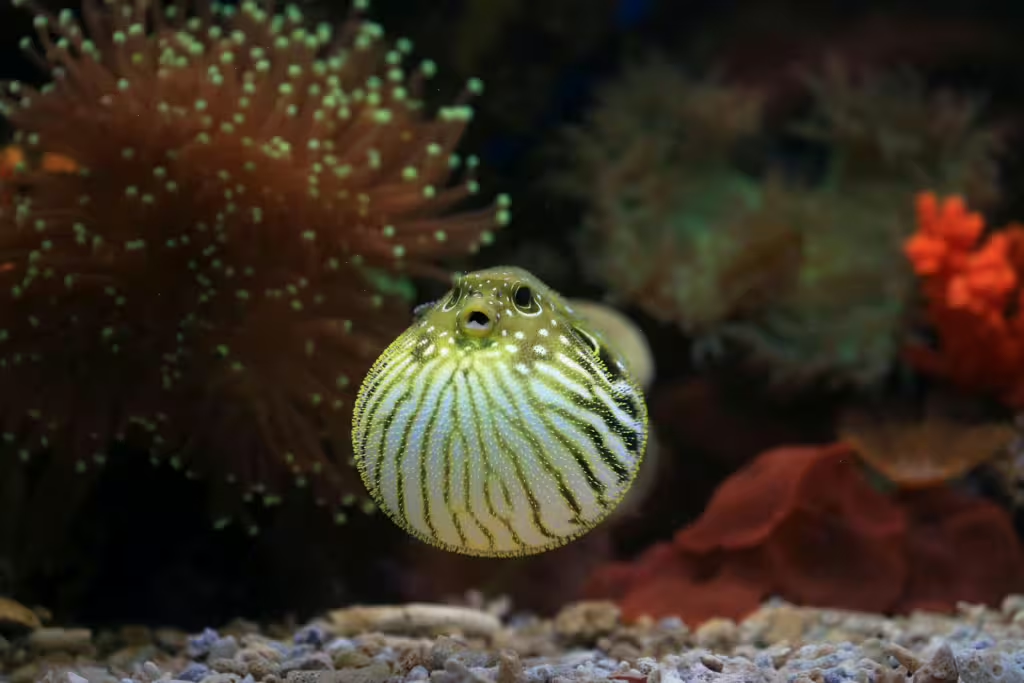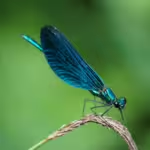If one were to sail across the ocean on a calm day, one might see before them a vast, calm emptiness ahead of them. Certainly, a storm, a squall, or even a shoal will turn this placid scene into a tumult of churning seawater. Yet, even if the surface of the ocean is a’ rockin’, what lies beneath is more tumultuous still. Beneath the waves, lies a world of plants and animals that are constantly at war with another; a war of survival.
Animals in terrestrial ecosystems deal with similar issues of predation, but for marine animals, life is a daily contest to eat and avoid being eaten by nearly every creature swimming in their orbit. The ability to avoid or “outrun” predators is particularly difficult in an environment where everything swims, drifts, or crawls. Fortunately, evolution has this all well in hand. Over time, nature has equipped many marine species with extraordinary defensive strategies.
We have discussed more than a few evolutionary superpowers on this site in the past. We’ve spoken about camouflage, toxins, and physical armor or weaponry, but in the ocean, some animals have been known to defend themselves via shockwaves, surprise, or sheer speed. Taken together, this array of adaptations showcase the ingenuity of marine life. In the endless gauntlet of predation that exists in that vast range of marine habitats, life has indeed found a way.
In this article, we will explore all the amazing arsenal of defenses that ocean creatures possess. We will examine a slew of different examples—large and small—have evolved over time to survive in a dogfish eat dogfish world.
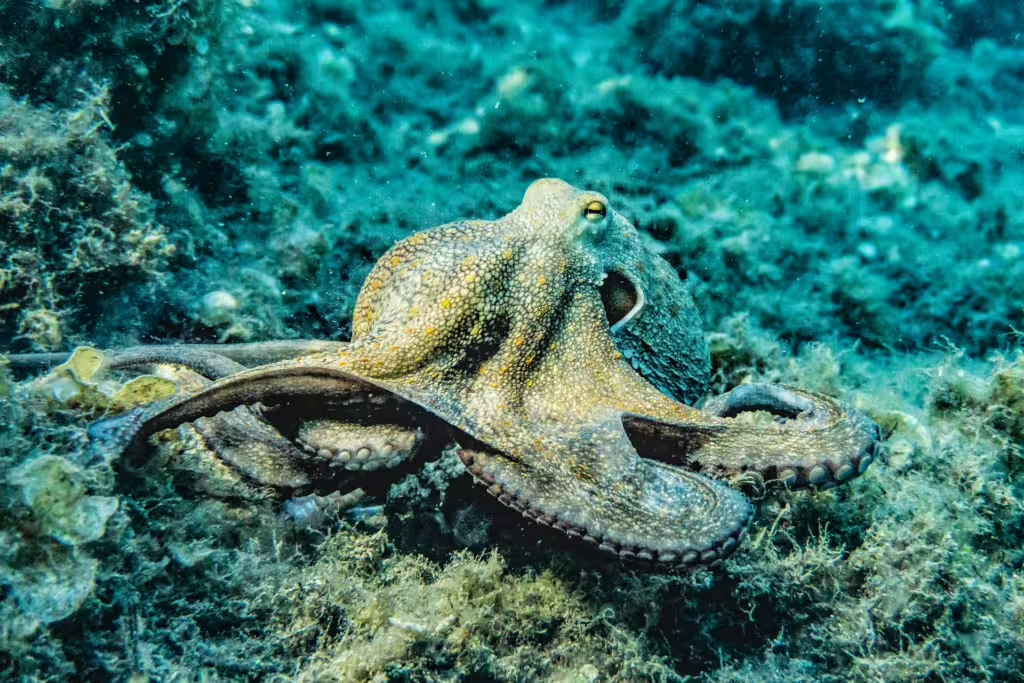
Evasive Inkers
Of all the many defensive adaptations found in the ocean, the most effective ones belong to the most famous of mollusks—the squids and octopuses.
The Ink Cloud
When threatened, cephalopods like squids and octopuses are capable of releasing a jet of dark ink into the surrounding water. This ink is more viscous than seawater, so it creates a sort of smokescreen that clouds the area and gives the evasive inkers time enough to high-tail it outta there! The ink itself is produced in specialized sacs and can spread quite rapidly in the water.
There are even some species of cephalopod capable of releasing “pseudomorphs,” or blob-shaped clouds that mimic their own silhouette. Like the ink, this remarkably clever tactic is most effective at confusing predators, at least long enough that the mollusk can escape unscathed.
Certain types of ink even has special chemical properties that can confuse or dull a predators sense of smell temporarily, making it impossible for them to track down their lost meal.
Camouflage and Disguise
Cephalopods are also masters of camouflage, thanks to specialized skin cells known as chromatophores. These cells allow octopuses and other such creatures to change color, while their already sensitive skins allows them to morph their shapes and textures as well. The mimic octopus has even been known to impersonate other dangerous animals, such as lionfish, sea snakes, and flatfish. So while some use their powers of disguise to disappear from sight, others use it to flat out scare predators into running away themselves!
Spines and Armor
Some creatures choose not to flee but to face danger head-on! Most of the time, the appearance of these horned, armored, or spined critter is enough to deter predators from the onset. Those in the know are well aware of how difficult—or painful—such animals are to eat.
Sea Urchins: The Ocean’s Spiky Tanks
Sea urchins are easy recognizable by their round, spiky bodies. These unusual invertebrates are covered in sharp spines that serve as both armor and offensive weapon. Many an unwary predator….or human foot, has found themselves spiked by these tell-tale spines. Also, you may not know it, but some urchins also have tiny jaw-like appendages called pedicellariae that can be used to not only snap at intruders, but can sometimes deliver a mild toxins. Most of the time though, urchins use those mouths to eat kelp, their favorite food.
Crabs and Lobsters: Shell as Shield
Crustaceans are armed and armored. Though many of them aren’t particularly large, most rely on their hard exoskeletons, made of chitin and calcium carbonate, to ward off predators and fight battles with other crustaceans for mates and territory. This armor is not permanent, but is periodically shed and regrown through molting, allowing them to repair damage and grow larger.
Armored Fish
While most fish have only mildly scaled bodies that offer minimal protection, some, such as the boxfish and cowfish, have hard, bony plates. These plates are not scales but alternatives to them, which basically make them all-but inedible to predators.
The Electric Defense
When it comes to dramatic defense, there are few more enticing than those creatures that possess the innate ability to generate electricity.
Electric Rays
Electric rays, not to be confused with sting rays, possess specialized organs filled with electrocytes. These are cells that can literally discharge electricity. The cells are activated when the ray contracts the muscles around these cells, thereby producing a shock that can stun fish or send predators packin’.
While not as deadly as say the electric eel, shocks from electric rays can deliver up to 220 volts. That isn’t going to kill a human, but it’s more than enough to cause pain and disorientation. And if it affects humans so, think of how it would impact an unsuspecting shark!
Electric Eels (a Freshwater Cousin)
We obviously couldn’t discuss electric fish without touching briefly on the electric eel. These freshwater fish can deliver shocks up to 600 volts, a lethal amount for most animals. This electrifying adaptation is used to both deter predators and hunt prey, making it offensive and defensive in equal measure.
Poison, Venoms, and Toxins, Oh My!
One of the most common adaptations that small animals defend themselves with, is venom. These toxins can be produced naturally in the body or can be derivatives of certain foods the animal consumes, that then metabolizes into a deadly toxin.
Lionfish
Lionfish are striking undersea predators that carry venomous spines along their dorsal fins. When threatened, these beautiful, but deadly fish will fan out their spines, making them both harder to swallow and a real pain to get one’s mouth around. The venom isn’t deadly, per se, but it does cause extreme pain and swelling in predators. Humans are equally affected by the sting, so hands off, people!
Pufferfish
Pufferfish might look silly, inflating into spiky balloons when they are the least bit threatened, but this is not the only way they punish would-be predators. Sure, puffing up makes them very difficult for handless fish predators to swallow, but that’s not where the adaptation ends. Many species of pufferfish also carry tetrodotoxin, one of the deadliest natural poisons, in their skin and meat. Humans eat them only if they are prepared properly, but few predators would be stupid enough to even dare to risk eating them. Guess that’s humans for you!
Cone Snails
Snails are not exaclty known for their ability to evade…well, just about anything, but the slow-moving cone snail has a way to keep ahead of its would-be predators. These mollusks use venomous harpoons they can use against fish. The venom contains conotoxins, which normally paralyze the fish, but some such compounds are so powerful they can be lethal to humans.
Blue-Ringed Octopus
Unlike the camouflaging octopi we mentioned earlier, the blue-ringed octopus does its best to stand out in the crow. This tun octopus is small but deadly, because it carries venom that can cause paralysis in humans. The tell-tale glowing blue rings on its mantle serve as a warning signal—stay away! This type of warning coloration is called aposematism.
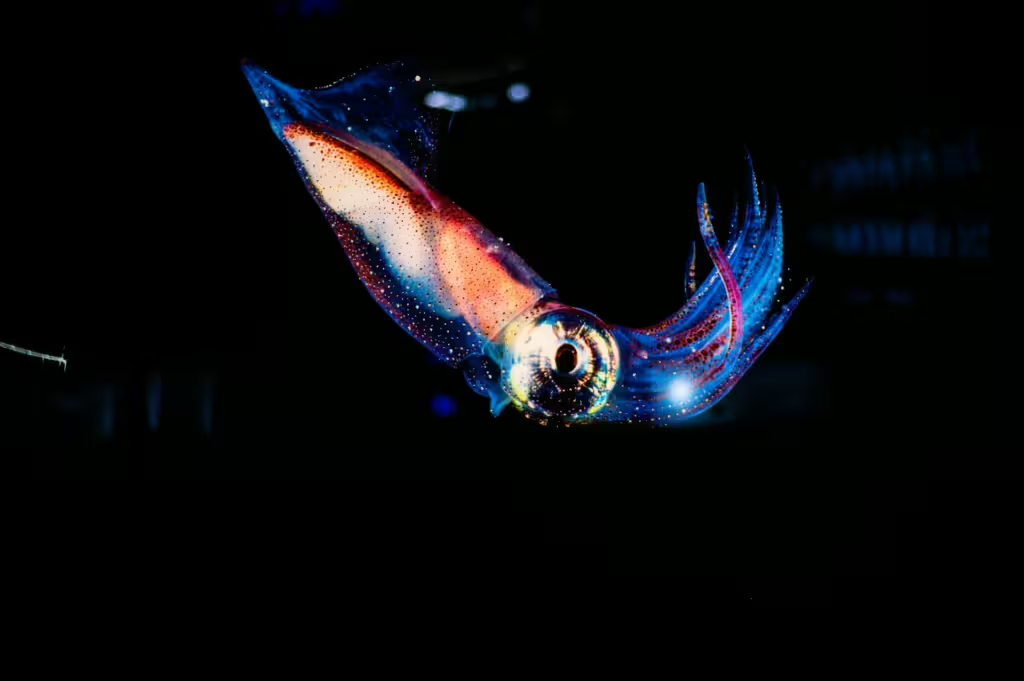
There is Safety in Numbers
Not all animal defenses exist in the physical and chemical arenas—some are behavioral. These defensive mechanisms depend on community strategies and require the whole school to be in board if they want them to work properly.
Schooling Fish
The very act of schooling is one such example of community defense. Small fish like sardines or anchovies are not what one might call…formidable. This is why these types of fish tend to form massive schools, which can confuse or overwhelm predators. The flashing, swirling movement of a school of shimmering sardines makes it hard for hunters to pick out a single, tangible morsel.
Krill Swarms
Krill, which are even smaller and more defenseless even than sardines, are able to form dense swarms, overwhelming predators with sheer abundance. And though thousands of the teensy crustaceans are eaten as fish, penguins, and others swim through the shoals, they breed fast enough and proliferate enough that even losing a few thousand leaves enough left to sustain the species.
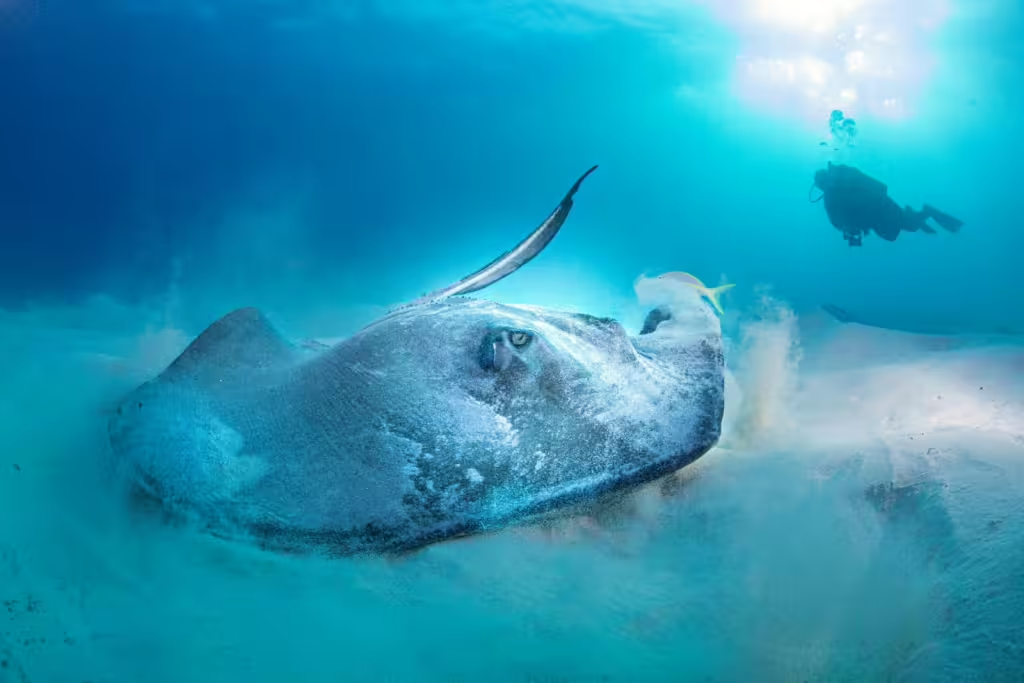
True Investigator Says…
As you can see, the animals of the ocean have many weapons in their quiver to protect themselves and one another from predators. They can distract, poison, or evade their attackers, or simply stand their ground and hope that their prodigious physical defenses will hold. In all these cases, the ingenuity of nature is on display. Each one of these different defenses reflects millions of years of evolutionary testing—strategies that have been honed and refined over millennia for one purpose: survival.
Discover more from TrueInvestigator
Subscribe to get the latest posts sent to your email.
